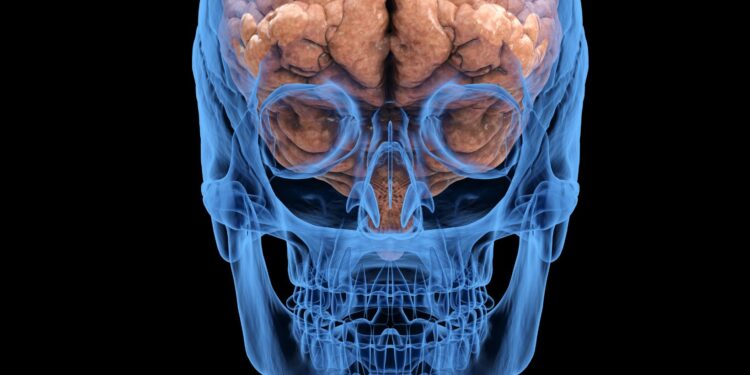Correctly Label The Following Functional Regions of The Cerebral Cortex
Understanding the functional regions of the cerebral cortex is essential for comprehending how our brain processes information and performs complex tasks. Each functional region has its own specific responsibilities and contributes to our overall cognitive abilities. From the primary sensory areas that receive and process sensory input to the association areas that integrate information from different sources, the cerebral cortex is a network of interconnected regions that work together to create our perception of the world. Join me as we take a closer look at these functional regions and unravel the mysteries of the cerebral cortex.
The functional regions of the cerebral cortex are not only responsible for basic sensory and motor functions but also play a crucial role in higher-order cognitive processes. These regions are organized into specialized areas that are responsible for specific functions such as vision, hearing, language, and motor control. By studying these functional regions, researchers have been able to gain valuable insights into how the brain processes information and how different regions interact with each other. In this article, I will provide an overview of the major functional regions of the cerebral cortex and discuss their significance in understanding the complexities of human cognition.
What is The Cerebral Cortex?
The cerebral cortex is a highly sophisticated structure in the brain that plays a crucial role in various cognitive processes. It is the outermost layer of the brain and is responsible for our ability to think, reason, perceive, and process information.

Functional Regions of The Cerebral Cortex
Motor Cortex
The motor cortex, located in the frontal lobe, plays a vital role in controlling voluntary movements. It oversees the execution of precise and coordinated movements throughout the body. The primary motor cortex, also known as M1, is responsible for initiating and controlling voluntary movements on the opposite side of the body. It receives signals from other areas of the brain and sends them to the muscles, allowing us to perform tasks ranging from simple actions like writing to complex movements like playing a musical instrument.
Sensory Cortex
The sensory cortex, also referred to as the somatosensory cortex, is responsible for processing and interpreting sensory information from various parts of the body. It is located in the parietal lobe, adjacent to the motor cortex. The sensory cortex is divided into different subregions, each dedicated to processing specific sensory inputs. For example, the primary somatosensory cortex processes information related to touch, pressure, and temperature, while the auditory cortex handles auditory inputs.
Visual Cortex
Situated in the occipital lobe at the back of the brain, the visual cortex is responsible for processing visual information received from the eyes. It plays a crucial role in visual perception, allowing us to recognize objects, identify colors, and perceive motion. The primary visual cortex, also known as V1, receives signals from the eyes and processes them into meaningful visual representations. From there, the information is further processed by other visual areas in the cortex, enabling us to form a comprehensive visual understanding of the world around us.
Auditory Cortex
The auditory cortex, located in the temporal lobe, is responsible for processing auditory information and allowing us to perceive and interpret sounds. It plays a crucial role in our ability to hear and comprehend speech, as well as recognize and differentiate between various sounds. The primary auditory cortex, known as A1, receives auditory signals from the ears and processes them into meaningful auditory experiences. From there, the information is passed on to other auditory areas in the cortex for further analysis and interpretation.
Language Areas
Language is a complex cognitive process, and the cerebral cortex contains several specialized areas for language processing. These language areas are primarily located in the left hemisphere of the brain for right-handed individuals. The two main language areas are Broca’s area and Wernicke’s area. Broca’s area, located in the frontal lobe, is responsible for the production of speech and the coordination of the muscles involved in speech production. Wernicke’s area, located in the temporal lobe, is involved in language comprehension and the interpretation of written and spoken words.
Association Areas
The association areas of the cerebral cortex are responsible for higher-order cognitive functions such as problem-solving, decision-making, memory, and creativity. These areas integrate and analyze information from different sensory and motor regions, allowing us to make sense of the world and engage in complex mental processes. The association areas are spread throughout the cerebral cortex and play a crucial role in our ability to think, reason, and learn.
Conclusion
The cerebral cortex is a highly intricate structure in the brain that is vital for our cognitive processes. It is divided into four lobes, each with specific functional regions that specialize in different tasks. The motor cortex controls voluntary movements, the sensory cortex processes sensory information, the visual cortex processes visual information, and the auditory cortex processes auditory information. Understanding the structure and functions of the cerebral cortex provides valuable insights into how our brains work and how different regions interact to support our cognitive abilities. By studying these functional regions, we can further our knowledge of the complexities of the human brain and uncover new ways to enhance our cognitive capabilities.














